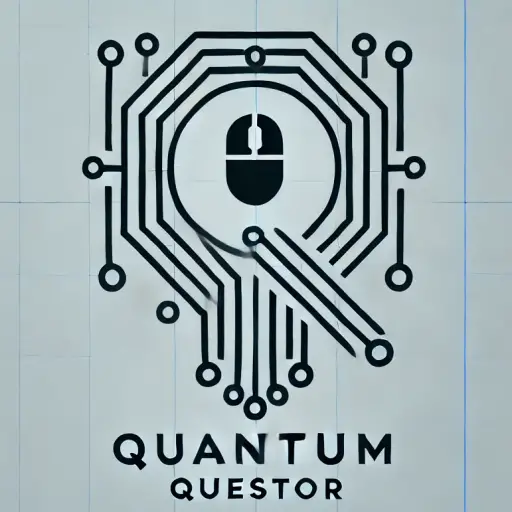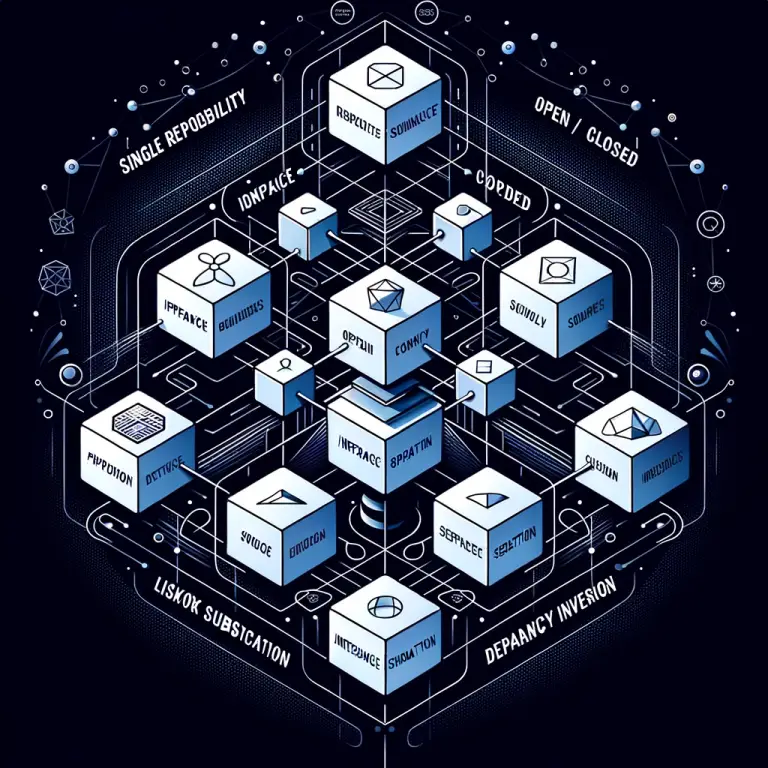Title: Cyberpunk Death Stranding: The Intersection of Post-Apocalyptic Innovation and Futuristic Sci-Fi
Introduction
The gaming world has witnessed a surge in popularity for narrative-driven, immersive experiences that challenge player perceptions. Among them, Cyberpunk 2077 and Death Stranding, two extraordinarily distinctive video games, have emerged as patrons of this trend. Constantly subject to comparisons, these two games are viewed as gaming milestones, with Cyberpunk 2077 embodying the quintessence of cyberpunk aesthetics and Death Stranding encapsulating a novel, post-apocalyptic vision. This article delves into the imaginative domain of “Cyberpunk Death Stranding,” a concept that emerges when these two masterpieces intersect, creating an amalgamation of avant-garde gaming experiences.
Main Content
Cyberpunk 2077 is a crowning achievement in the cyberpunk genre, placing players in the grim, futuristic, neon-lit cityscape of Night City where technology and societal disintegration coexist. Players step into the shoes of V, a fully customizable mercenary chasing the dream of immortality. On the other hand, Death Stranding differs significantly, presenting a unique vision of a dystopian future where civilization has been obliterated, and where being connected means survival.
The expression “Cyberpunk Death Stranding” essentially embodies the unification of these robust themes into a cross-fertilized gaming environment. The narrative could potentially entail a world devastated in the Death Stranding aftermath and trying to rebuild amidst the striking, contrasting imagery seen in Cyberpunk 2077.
Imagine a world where timefall rain, a crucial element in Death Stranding’s plot, falls over the towering buildings of Night City. The dichotomy would be stark: inside the city, life would pulsate with gritty technology, bathed in neon lights, while outside, desolation and spectral-like BTs lurk. Beyond the urbanized confines, the landscape would take on Death Stranding’s signature desolate, craggy terrain, interspersed with remnants of the cyberpunk world.
From the Cyberpunk 2077 perspective, integrating its extensive role-playing mechanics within Death Stranding’s setting would lead to increased immersion and player agency. Players could choose how to navigate through the hostile environment, using advanced technology and augmentations, emphasizing both survival and progression.
By combining Death Stranding’s ingenious inventory system with Cyberpunk 2077’s wealth of weaponry options, a new level of gameplay strategy could be developed. Players could outfit their character, not just for combat, but also for traversal over the rough terrains of a fallen civilization. Furthermore, incorporating Cyberpunk’s hacking mechanics in Death Stranding’s world would introduce a new dimension to combat and exploration.
Conclusion
In essence, “Cyberpunk Death Stranding” symbolizes an innovative crossroad where the dystopian despair of Death Stranding merges with the anti-utopian neon noir of Cyberpunk 2077. This fictional scenario fuels our imagination for a game that seamlessly blends two different but influential narratives with their respective gameplay elements.
While it remains a conceptual proposition for now, it opens exciting possibilities for the future of video game design. Despite their distinct identities, Death Stranding and Cyberpunk 2077 share a common ground in innovation and challenging players’ expectations, making this theoretical amalgamation a fascinating exploration of gaming potential.
Ultimately, the thought of a ‘Cyberpunk Death Stranding’ world is a testament to the creative possibilities that exist in contemporary video gaming. It brings forward the idea that diverse concepts can unite to create a unique and captivating experience, thoroughly challenging players’ perspectives and evolving the gaming landscape.

